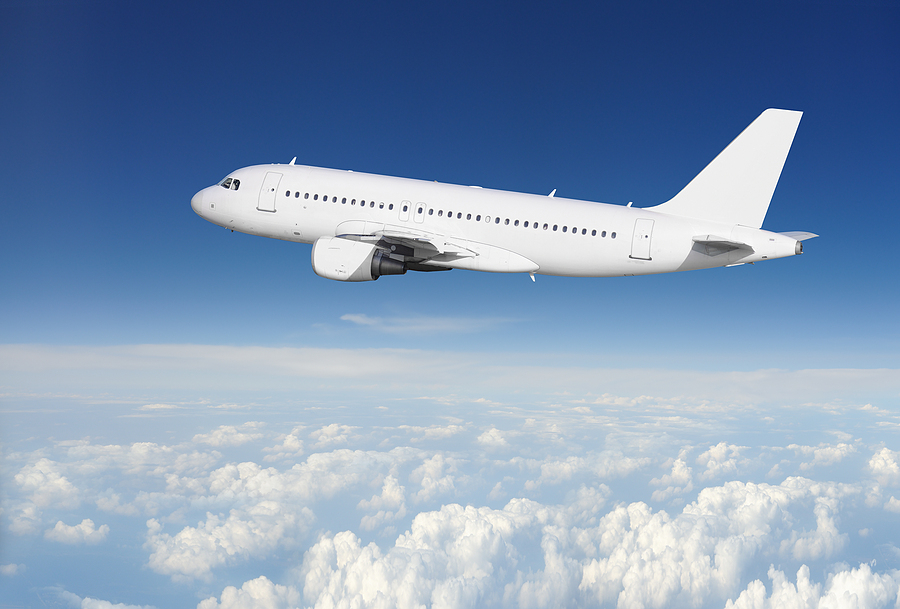The Physics of Flight: Here's How Planes Stay in the Air

Aeroplanes are a marvel of engineering and physics, defying gravity to soar thousands of feet in the sky. But what exactly enables these massive machines to stay airborne? Understanding the physics of flight requires delving into fundamental forces and principles that interact to create the magic of flight. For those curious about these concepts or seeking to deepen their knowledge, Physics tuition in Singapore can be a valuable resource. From lift and thrust to drag and gravity, let's explore how planes stay in the air.
Four Fundamental Forces of Flight
The physics of flight is governed by four primary forces: lift, thrust, drag, and gravity. Each force plays a crucial role, either working to keep the plane airborne or acting to bring it back down.
1. Lift: Lift is the force that opposes gravity and keeps the aeroplane aloft. It is generated by the plane’s wings and is based on Bernoulli’s principle and Newton’s third law of motion.
2. Thrust: Thrust is the forward force produced by the plane's engines. It propels the aeroplane through the air, overcoming drag.
3. Drag: Drag is the resistance force that acts opposite to the direction of the plane’s motion. It is caused by the friction of air molecules and the aerodynamic shape of the plane.
4. Gravity: Gravity is the force that pulls the aeroplane toward the Earth. It is constant and acts downward, and the plane must generate sufficient lift to counteract gravity.
How Lift Keeps an Aeroplane Aloft
The creation of lift involves the interaction between the wings and the air. An aeroplane wing is designed with a special shape called an air foil, which has a curved upper surface and a flatter lower surface. Physics helps us design safer aeroplanes by utilising this shape to create differences in air pressure when the plane moves through the air.
1. Bernoulli’s Principle: This principle states that as the speed of a fluid (in this case, air) increases, its pressure decreases. When the aeroplane moves forward, the air flows faster over the curved upper surface of the wing, creating lower pressure compared to the slower-moving air beneath the wing. This pressure difference generates lift, pushing the wings (and the plane) upward.
2. Newton’s Third Law: According to Newton's third law, for every action, there is an equal and opposite reaction. As the wings push air downward, the air pushes back up on the wings with an equal force, contributing to lift. The angle of attack, or the angle between the wing and the oncoming air, also plays a significant role in how much lift is produced.
The Role of Thrust and Engines
While lift counters gravity, thrust is needed to overcome drag and move the aeroplane forward. The engines of an aeroplane generate thrust, propelling the aircraft through the sky. Different types of engines, such as jet engines or propellers, produce thrust in various ways.
- Jet Engines: In jet engines, air is taken in and compressed, mixed with fuel, and ignited. The resulting explosion forces air out of the engine at high speed, propelling the plane forward.
- Propellers: In propeller-driven aircraft, the engine turns the propellers, which pull or push the aeroplane forward by slicing through the air.
Thrust must be strong enough to overcome drag, allowing the aeroplane to maintain a steady speed or accelerate when needed.
Overcoming Drag: The Aerodynamics of Shape
Drag is an inevitable force that opposes an aeroplane’s motion. The aerodynamic design of aeroplane helps minimise drag, making them more efficient and easier to keep in the air. There are two main types of drag:
1. Parasite Drag: This type of drag is caused by the shape of the aeroplane and the friction of the air passing over its surface. It increases with speed and is why engineers strive to make aeroplane sleek and smooth.
2. Induced Drag: This drag results from the production of lift. As the wings generate lift, they also create vortices at the tips, which produce drag. The higher the angle of attack, the greater the induced drag.
Aeroplanes are designed to balance these types of drag with lift and thrust, ensuring smooth and efficient flight.
Gravity: The Constant Force to Overcome
Gravity is the ever-present force pulling objects toward the Earth's centre. It acts directly opposite to lift. To keep an aeroplane in the air, the lift generated by the wings must equal or exceed the force of gravity. The weight of the aeroplane, which includes passengers, cargo, and fuel, determines how much lift is needed. Engineers calculate this carefully to ensure that the plane can take off, fly, and land safely.
Stability and Control: Keeping the Plane Steady
Staying in the air isn’t just about achieving lift and thrust. The aeroplane must also be stable and controllable. Pilots use various control surfaces to manage the aircraft’s orientation and flight path:
1. Ailerons: Located on the wings, ailerons control roll, which allows the plane to turn.
2. Elevators: These are on the tail and control pitch, or the up-and-down movement of the plane’s nose.
3. Rudder: Also on the tail, the rudder controls yaw, or the side-to-side movement of the plane’s nose.
Pilots adjust these surfaces to maintain level flight, climb, descend, or turn as needed.
The Delicate Balance of Forces
Ultimately, successful flight is a delicate balance of all four forces. During take-off, the engines generate enough thrust to propel the plane forward, and the wings create sufficient lift to overcome gravity. Once in the air, pilots must constantly adjust to maintain this balance, especially in changing conditions like wind and turbulence.
The physics of flight may seem complex, but it is a beautiful demonstration of how scientific principles work in harmony. Next time you watch a plane take off or land, you can appreciate the intricate dance of forces that keeps these engineering marvels gracefully soaring above.